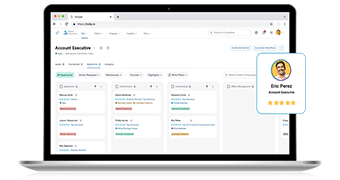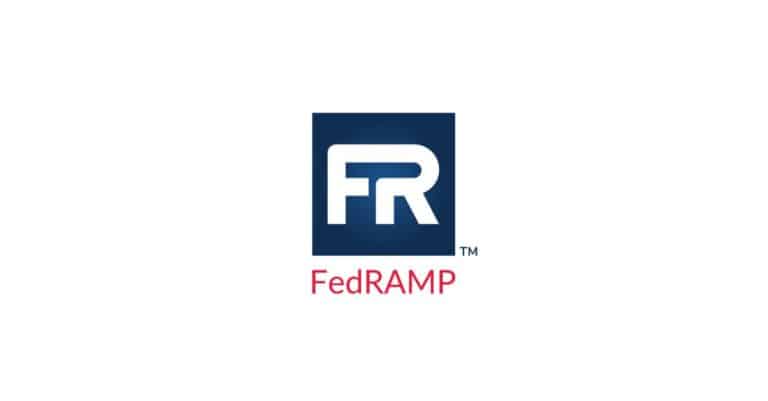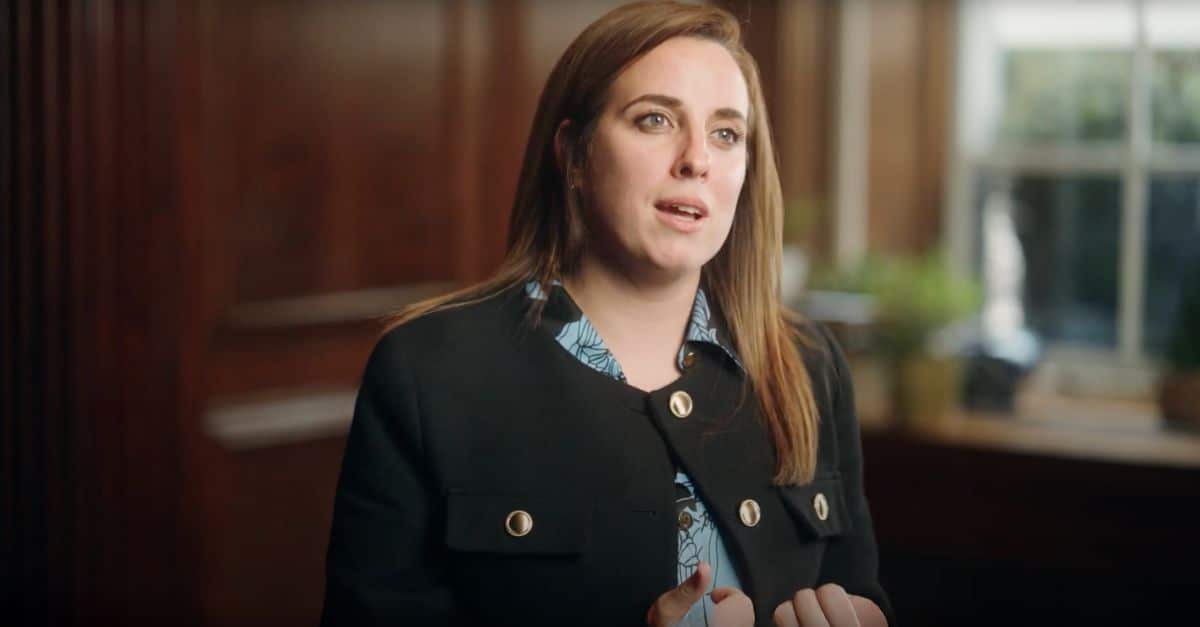- To stay competitive in recruiting, you must invest in the candidate experience to acquire top talent.
- Candidates crave transparency when applying for roles, from clear job responsibilities to knowing how their data is processed.
- AI can help provide the additional transparency HR leaders need — and candidates require.
When was the last time you went through the recruiting process at your organization? If it was when you were hired, it’s probably time to experience it again.
Today’s candidates demand that the talent acquisition process be fair, fast, and transparent. From initial application to offer, if you aren’t providing a top-notch experience, you are losing top talent.
This goes beyond candidates accepting another opportunity. A 2023 survey from UK consulting firm CJPI found that 56% of applicants said that they’d discourage others from applying to a company based on a negative hiring experience.
I recently hosted a panel on the future of recruiting with guests Whitney Wilber, Global Head of Employer Brand at BNY Mellon, and Daniele Bologna, Ph.D., HR Senior Director at Procter & Gamble, to discuss current talent acquisition trends. From our conversation, here’s why recruiting professionals need to focus on transparency and fairness this year and beyond.

Related content: The future of work is centered on your talent — not filling jobs. Read our latest report on talent-centered design to help you hire for the skills you need.
Keep transparency top of mind
Lack of transparency in job responsibilities is one of the biggest reasons people leave their jobs.
Candidates often say that their daily experiences didn’t align with the job responsibilities presented to them during the hiring phase. Organizations need to focus on marrying the two. Providing full transparency leaves little room for disconnect.
“Leaning into authenticity is super important for companies to do now with recruiting — keeping your audiences in mind around your storytelling plan and transparency with what to expect and aligning it to your employer value proposition,” Wilber said. “There’s a clear linkage here for potential talent exploring your company. It’s also a retention lever for current employees seeking that further connection across their teams and the work.”
This transparency also applies to the technology used for recruiting. Candidates want to know how you are using these tools to determine who is the best fit for the job.
“Anything that involves any sort of technology or any sort of like analytics, or predictive analytics, is being put under high scrutiny from candidates,” Bologna said. “They want increased transparency on what data you’re looking at and what decisions are being made based on that data. HR professionals need to make sure they understand what is outside the scope in regards to the Americans with Disabilities Act (ADA), AI, and data privacy with their candidates.”
Ensure fairness and compliance with the help of AI
When you look at organizations that have struggled using AI in the past, most didn’t use large enough data sets to get the big picture. If you’re strictly using your company data set and an AI model, you’re only seeing what’s happening in your organization — not your industry at large.
When you’re looking at AI partners, it’s imperative to know where the data is coming from. Best practices include using large data sets from different sources, which mitigates the potential for bias in the results. Looking at trends in your industry and across the globe also helps drive fairness.
When you look at AI from an HR perspective, it should be leveling the playing field. Recruiters do their best to objectively assess candidates, but without looking at skills data — the skills candidates have and their potential to learn more — you aren’t getting the full idea of what a candidate is capable of doing.
That’s why AI-powered talent intelligence is so important. It shows recruiters and hiring managers skills, not just what’s on a résumé.
Any AI provider should be open to talking about how their platform works without sharing intellectual property. If they’re not willing to do that, you should take a step back and talk to other vendors.
Additionally, AI regulation is coming around the globe. In the U.S., the Biden-Harris Administration issued an executive order on the development and use of AI, and the Office of Management and Budgeting also has policies around AI governance and risk. European Parliament also approved the EU AI Act, which will provide a comprehensive set of requirements grounded in responsible AI principles and risk-based obligations regarding uses of AI.
When you’re looking at AI systems, make sure the vendor is taking regulations into consideration. Make sure they are forthcoming about how their algorithms work, and what those algorithms are trying to solve. It’s also good to ask if they have any documentation from third parties vetting their systems for compliance.
Related content: Learn more about what goes into making responsible AI at Eightfold.
Focus on improving the recruiting process
Before joining Eightfold, I spent the first 25 years of my career in recruiting. There’s a stat from that experience that’s stuck with me — 70% of candidates who apply to your jobs have already done hours of research on your company. The candidate experience begins before they even apply. This is why Wilber suggests to acquisition team members that they put themselves in the position of candidates.
“One of the first things I like to do when I’m speaking with talent acquisition team members in building a new employer brand program is asking the question of when was the last time you applied for a job at your own company?” Wilber said. “It’s about placing them in the candidate’s position and seeing what the experience is currently, firsthand, across not only their applicant tracking system but multiple candidate touch points.”
Bologna shared an innovative way he and his team used pre-hire assessments and social responsibility to highlight company values to potential candidates.
“We had a case where we were getting a lot of pressure to give candidates feedback on their assessments,” Bologna said. “We thought we could connect this with a bigger company strategy to highlight company values. After candidates took our assessments, they received a message thanking them for their time, and that we’ve donated a liter of clean drinking water to children in need on their behalf. We took arguably the worst part of the recruitment process, taking assessments, and gave them an opportunity to learn more about what our company was about.”
Embed best practices in your recruiting processes
I encourage HR professionals to follow this mantra: Recruit people the way we want to be recruited.
No one wants to apply for a job that goes into a black hole where they never hear back. Most organizations don’t have the resources to give candidates detailed feedback on what didn’t work, but it’s important to communicate with candidates.
Bologna shared that one of the biggest best practices in keeping conversations going is digital recruiting.
“This includes social media, like LinkedIn, and different digital platforms because candidates are going there more and more. There’s faster movement in the talent marketplace than ever before, and candidates are figuring out ways to show up digitally to apply quickly to a large scope of potential employers.”
Wilbur reiterated what she shared at the beginning of the panel discussion — organizations need to be as authentic as possible.
“One way to easily do this is across your recruitment marketing collateral and your assets,” she said. “Ensure that your people and your office environment are represented. It all starts with trust and realness, and it can be done on a small scale with some big impact. That’s what we’re sharing all day on social media. And that’s what we’re used to seeing. Remember, talent can spot something that’s fake from a mile away.”
Watch our full webinar, “The future of recruiting: From technology to trends to today’s best practices,” for more insights on recruiting best practices with AI.
Michael Watson is Global Head of Customer Evangelism at Eightfold.










